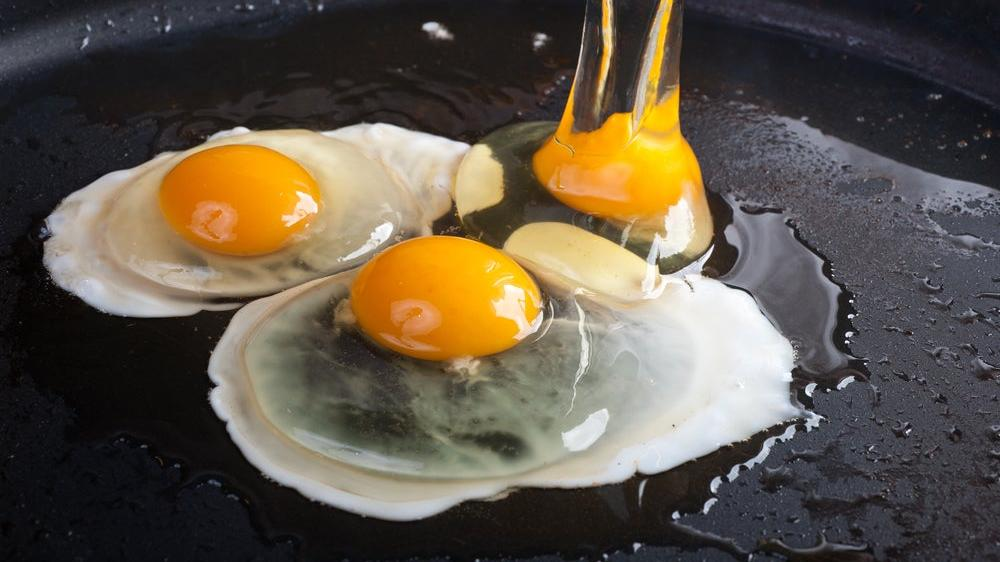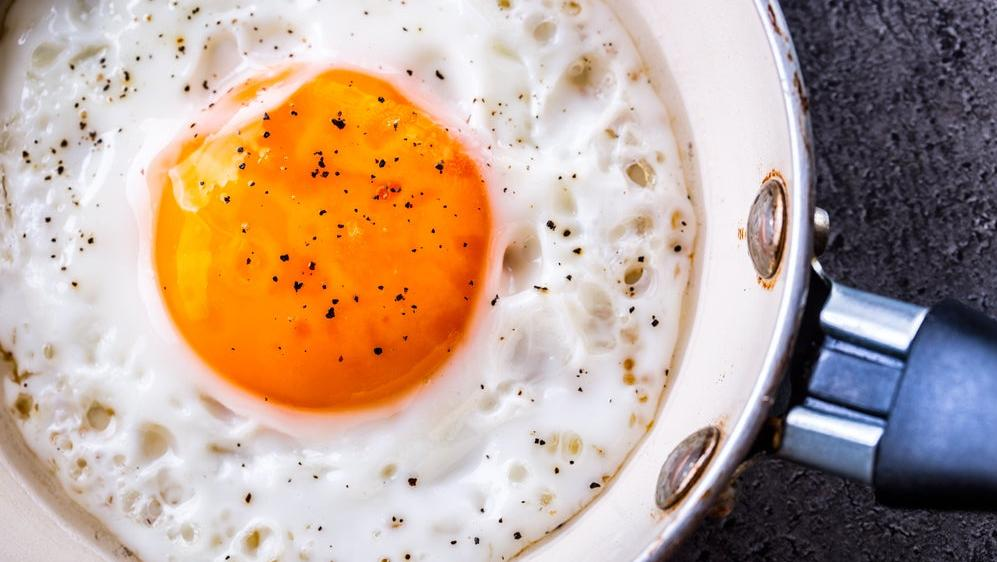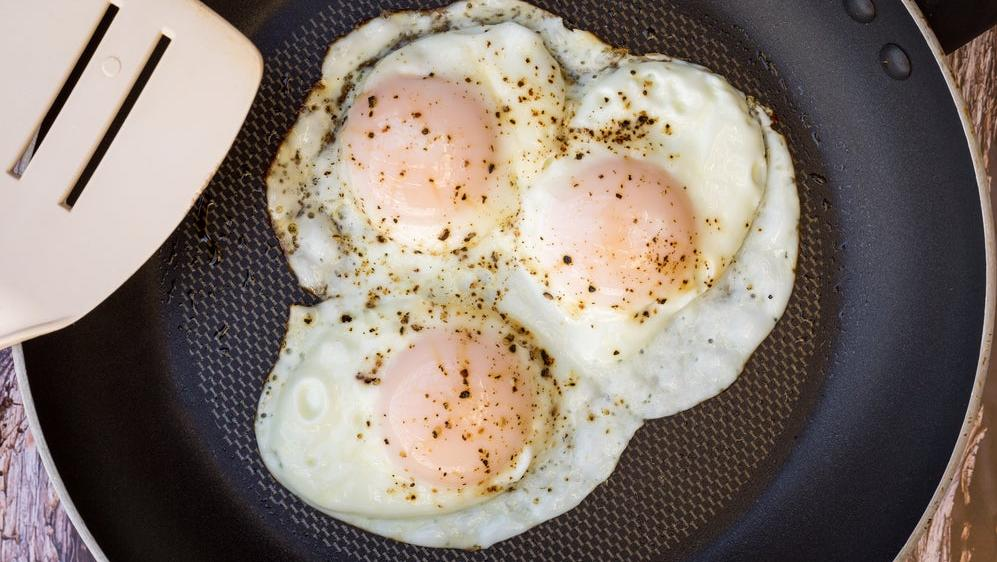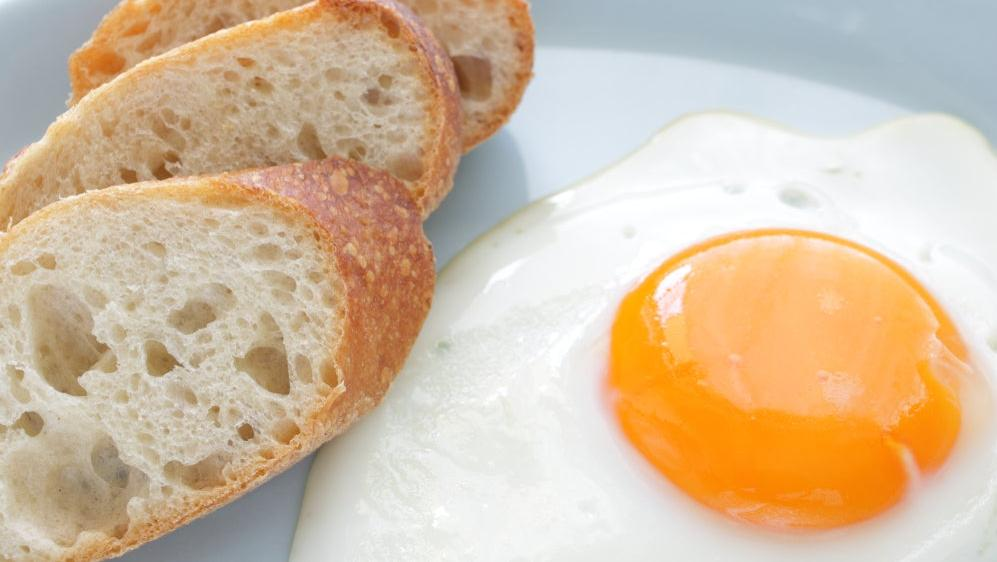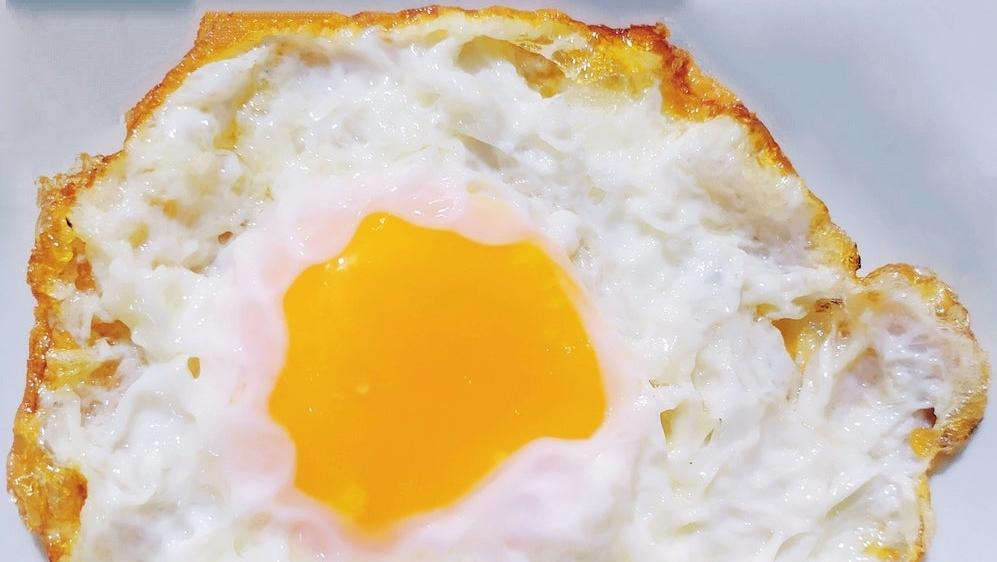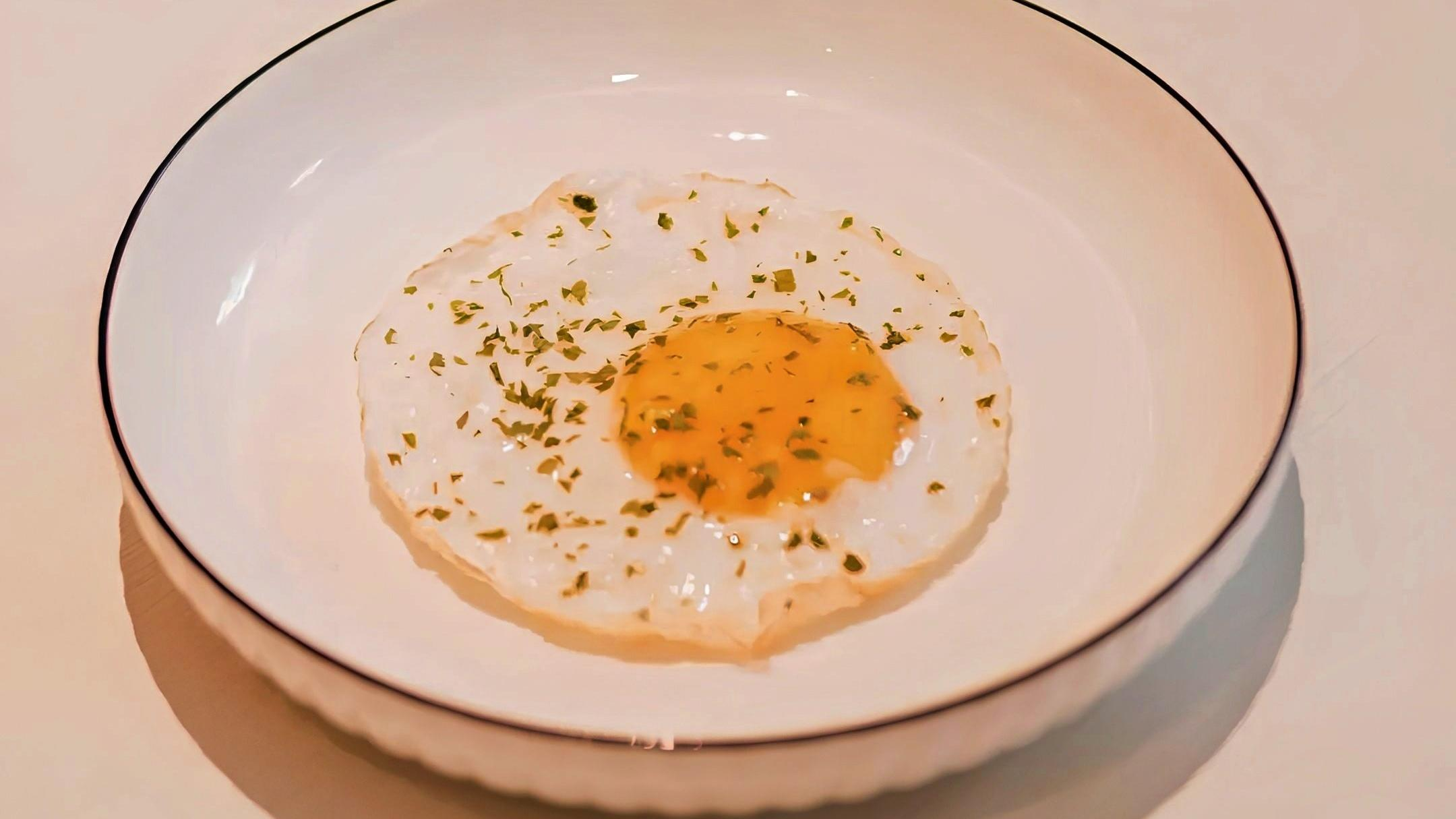5 Different Ways To Fry An Egg
Use these techniques for all your brunch-saving, burger-topping needs.
It's widely known that a single fried egg can turn even the saddest dish into a beautiful meal. Slapping one onto a salad turns it into something you'd pay $20 for at a restaurant. It makes a packet of instant ramen look, and taste, like a fancy meal. Put one on a big, fat burger, or atop a heaping plate of air-fried vegetables or a messy pile of sauteed greens. Think of it as a burst of elegance for less than 50 cents a pop.
Fried eggs can deliver different flavors, textures, and vibes depending on how exactly you fry them. For most of the following five egg frying techniques, you'll need nothing more than eggs (obviously), fat (like butter or oil), and a pan—preferably a nonstick skillet, since eggs cook quickly and will stick to just about anything if given the chance. If you don't have a nonstick skillet, or if you're using a cast iron pan that has yet to reach peak seasoning, be generous with whichever fat you're choosing to fry in.
Speaking of sticking: During the first minute or two of cooking, the egg might seem as if it's stuck to the pan. Do not be tempted to pry it from the pan with a spatula or futz around with it in any way. As long as you've coated your pan with a bit of fat, the egg will release itself once the bottom is sufficiently cooked. You're just going to have to trust it.
Classic fried eggs
Preheat a nonstick skillet for about a minute over medium-high heat, then add enough butter or oil to fully coat the bottom. Crack an egg into the pan and leave it alone to fry until the white is completely set, about 3 to 4 minutes. Use a spatula or a flick of your wrist to flip the egg, and continue frying for about another two minutes until the yolk is cooked through.
Over-easy eggs
Preheat a nonstick skillet for about a minute over medium-high heat, then add enough butter or oil to fully coat the bottom. Crack an egg into the pan and leave it alone to fry until the white is completely set, about 3 to 4 minutes. Use a spatula or a flick of your wrist to flip the egg, then fry for only 15-20 seconds more, to just barely cook the yolk.
Sunny-side up eggs
Preheat a nonstick skillet for about a minute over medium-high heat, then add enough butter or oil to fully coat the bottom. Crack an egg into the pan and leave it alone to fry until the white is completely set, about 3 to 4 minutes. Put a lid over the pan for about 30 seconds so that the steam can gently set the top of the egg.
Crispy eggs
Preheat your skillet over medium-high, then add enough butter or oil to come up about a quarter-inch up the side of the pan. When the fat is hot, crack an egg into a small cup, then gently slide it into the pan; it will bubble and hiss and start puffing up around the edges. Let the egg cook, using a spatula to gently slide it around in the oil every minute or so, until the bottom is brown and crisp. Carefully tilt the skillet to the side, then use a large spoon to ladle hot fat over the egg until the whites are set and the yolks are cooked to your preference.
Cream-fried eggs
Preheat your skillet over high heat, then pour in enough heavy cream to come quarter-inch up the side. Crack your egg into the pan, then leave it completely alone. As it cooks, the cream will end up separating into water, which will evaporate away as steam; milk fat, which is butter; and milk solids, which, when cooked, are what give brown butter its gorgeous flavor. Once the cream has separated, spoon some of it over the top of the egg to help it set, then continue to cook the egg until it's brown and crispy on the bottom.
